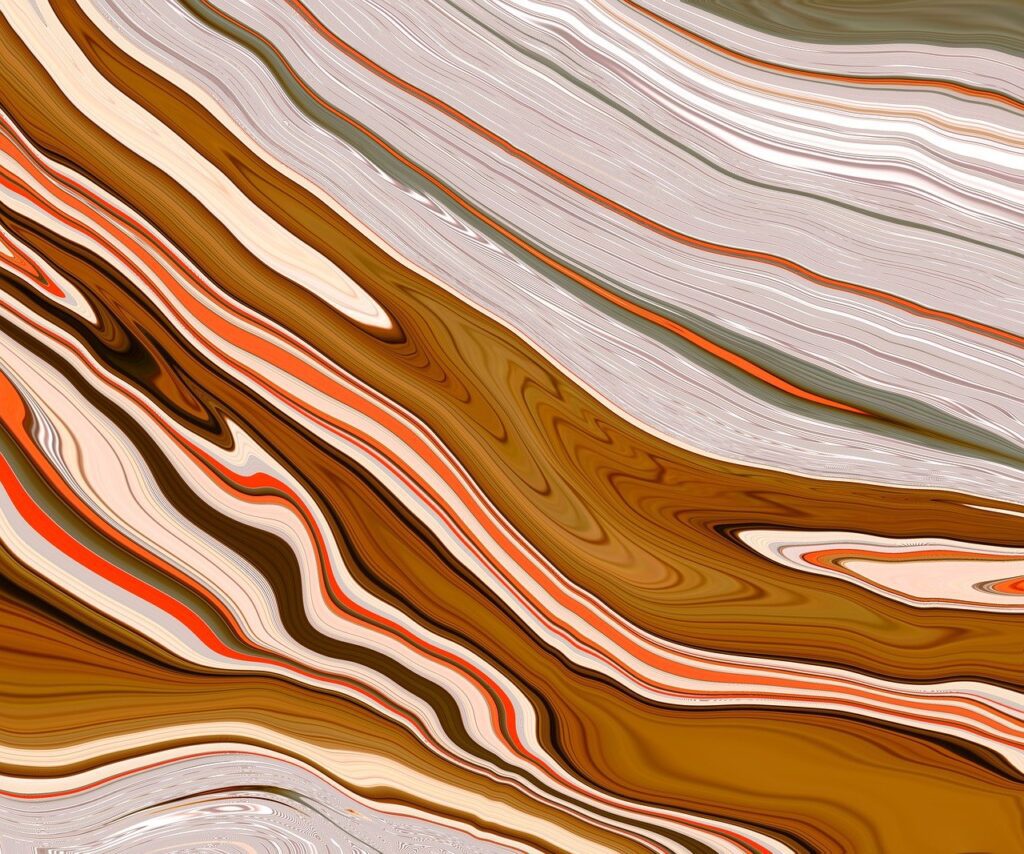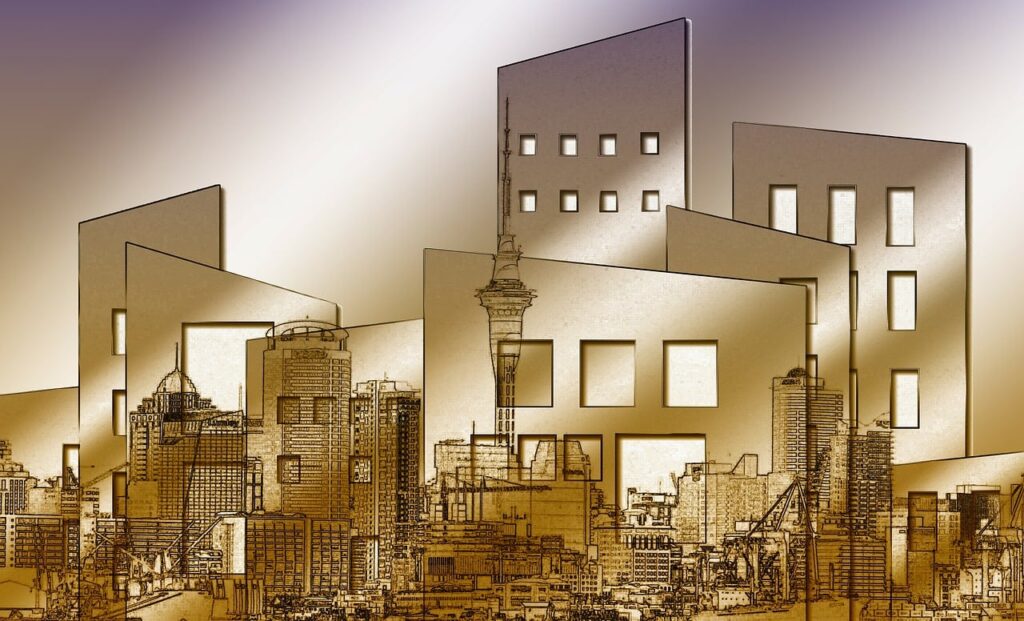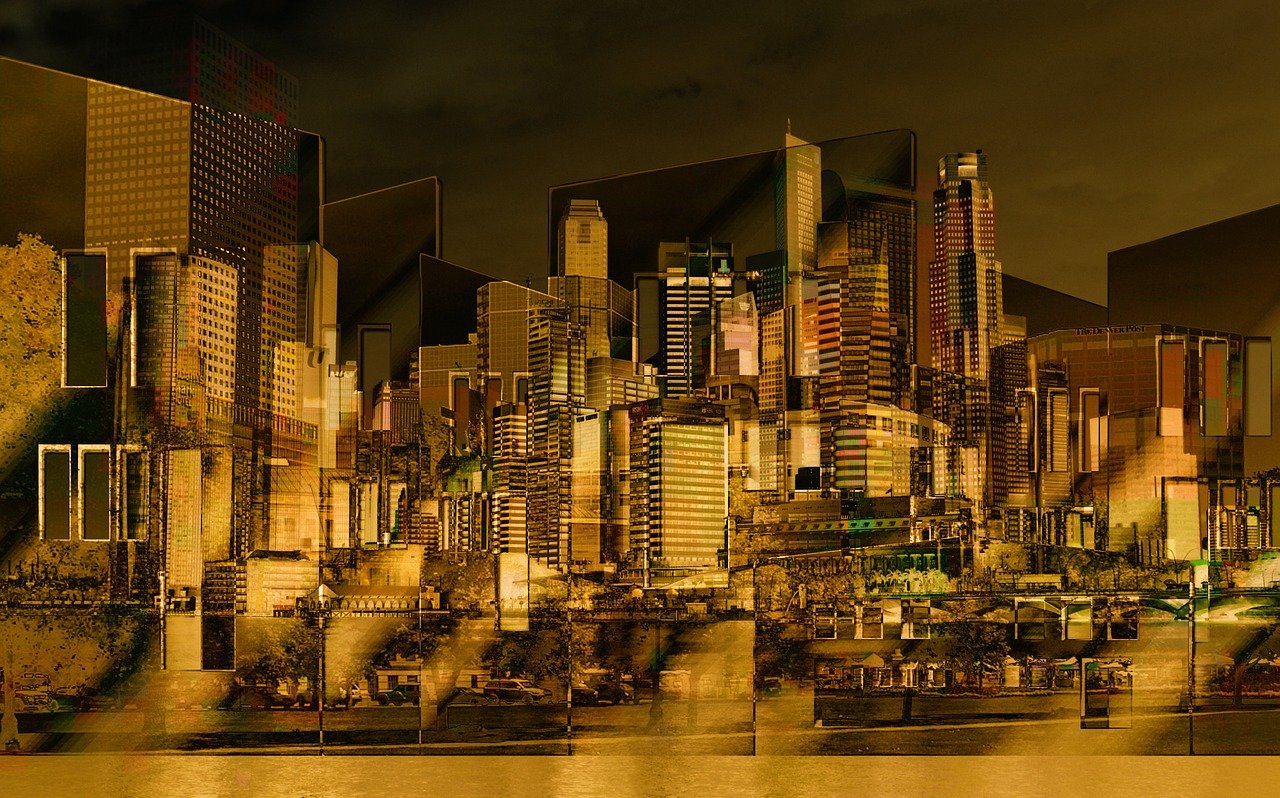Architecture Design Images
In the dynamic world of architecture and design, visuals play a pivotal role in conveying ideas, inspiring creativity, and shaping the way we perceive and interact with spaces. Architecture design images, in particular, have become indispensable tools for architects, designers, and enthusiasts alike. This article explores the significance of architectural design images and how they influence modern design.
Read more: Best Architectural Photographers Around The World
The Artistry of Architectural Design Images
Architectural design images are more than just illustrations of structures; they are works of art in their own right. They have the power to evoke emotions, tell stories, and transport us to imaginary worlds. Here are some key aspects that make these images stand out:
1. The Intersection of Form and Function
Architectural design images capture the essence of buildings, considering both their visual appeal and functionality. They enable architects to explore and refine the balance between form and function, ensuring that a building not only looks stunning but also serves its intended purpose.
2. Visualization of Concepts
In the early stages of design, architects use images to translate abstract concepts into tangible visuals. This process aids in communication and collaboration, helping stakeholders—from clients to builders—grasp the architect’s vision more effectively.
3. The Magic of Perspective
Perspective is a fundamental element in architectural design images. It allows us to see how structures interact with their surroundings, how light plays on their surfaces, and how they invite people to experience them. These images bring architectural visions to life, offering a glimpse of the future.
4. Historical Significance
Architectural design images also have historical value. They document the evolution of architectural styles, techniques, and trends over time. They serve as a testament to human creativity and ingenuity.


Architecture design images on Visual Inspiration and Concept Development


In the realm of architecture and design, the creative process often begins with a spark of inspiration. Architecture design images act as a wellspring of ideas, helping architects and designers to conceptualize their projects. These images can capture the essence of a design concept, translating abstract ideas into tangible visual representations.
Effective Communication: Images transcend language barriers, making it easier to communicate design concepts to clients, collaborators, and stakeholders. Whether it’s through hand-drawn sketches, 3D renderings, or architectural photography, these visuals provide a common ground for discussing and refining design ideas.
Architecture design images on Visualization for Decision-Making


Effective decision-making is crucial in architecture and design projects. Architecture design images facilitate this process by providing a clear, visual representation of various design choices and their potential outcomes.
Material Selection: Images of different materials, textures, and finishes help architects and designers make informed decisions about what will work best for a project. These visuals showcase the aesthetic and functional qualities of materials, aiding in the selection process.
Space Planning: Architects can use images to illustrate various spatial configurations, enabling clients and stakeholders to make informed choices about room layouts, traffic flow, and functionality. This helps avoid costly changes later in the design or construction phases.
Architecture design images on Presentation and Marketing


Architecture design images also play a vital role in presenting projects to clients and marketing design services. High-quality visuals can make a project stand out and convey professionalism.
Client Presentations: Design presentations are more compelling and persuasive when supported by captivating images. Clients can better understand the vision for their project and become more engaged in the design process.
Marketing Collateral: Design firms often use striking images in their marketing materials, websites, and social media to showcase their portfolio. This not only attracts potential clients but also establishes a brand identity and reputation for the firm.
Conclusion
In the ever-evolving world of modern architecture and design, it is impossible to overstate the profound impact that architecture design images wield. These visuals are more than mere representations of structures and spaces; they are transformative elements that imbue life and meaning into the design process. In this conclusion, we will delve deeper into the multifaceted roles of architecture design images, examining how they serve as catalysts for creativity, tools for communication, aids in decision-making, and instruments for marketing. Furthermore,
we will explore how advancements in technology are propelling the significance of visuals to new heights, reshaping the way we conceive, construct, and encounter the environments that surround us. In this context, embracing the potential of the visual medium emerges not as a choice but as an imperative for architects and designers seeking not only to survive but to thrive in today’s fiercely competitive design landscape.
Catalysts for Creativity: Architecture design images act as the creative fuel that ignites the imaginations of architects and designers. They are the canvas upon which innovative ideas are painted, where concepts are given form and substance.
Tools for Communication: Effective communication lies at the heart of every successful architectural project. Architecture design images bridge the gap between the abstract and the tangible, offering a shared visual language for architects, designers, clients, and stakeholders.
Aids in Decision-Making: In the intricate tapestry of architecture and design, informed decision-making is paramount. Architecture design images provide a crystal-clear lens through which various design choices can be explored and evaluated.
Instruments for Marketing: Beyond their role in the design process, architecture design images wield substantial influence in the realm of marketing and promotion. Design firms and architects employ these visuals as potent instruments to showcase their talents and capabilities. High-quality, visually striking images not only showcase the artistry and expertise of the designer but also serve as powerful magnets for potential clients and investors.
The Future: Advancements in Technology: As technology continues to advance at an unprecedented pace, the role of visuals in the design process is set to undergo a profound transformation. Cutting-edge tools such as virtual reality (VR), augmented reality (AR), and state-of-the-art 3D rendering software are ushering in a new era of design visualization.
Shaping Our World: Envisioning, Creating, and Experiencing: In a broader sense, architecture design images are instrumental in shaping the way we perceive, conceive, create, and encounter the world around us.
Embracing the Visual Medium: A Necessity for Success: In the competitive arena of contemporary architecture and design, embracing the visual medium is not merely an option but an absolute necessity for architects and designers aspiring to excel.





